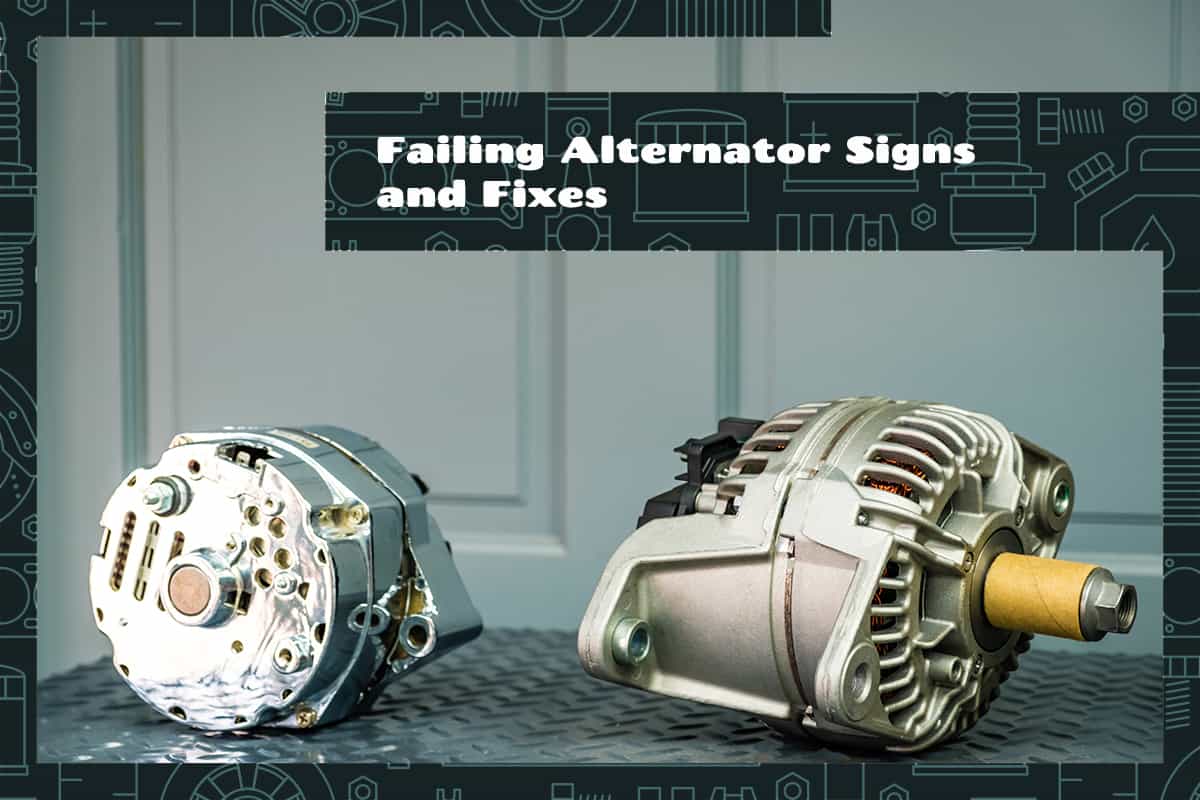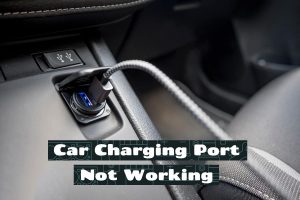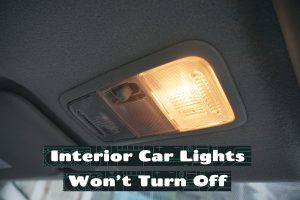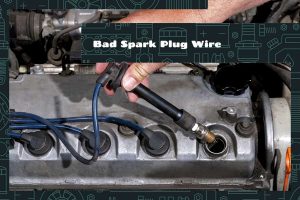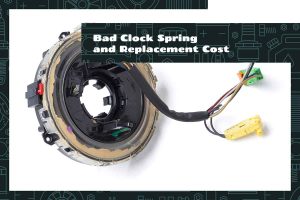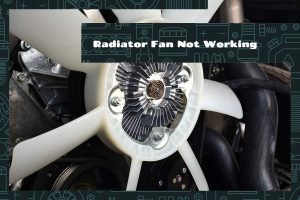Your vehicle keeps your engine running and powers all your car’s electrical systems. It plays a pivotal role in charging your car battery while the engine is running, converting mechanical energy into electrical energy. Unfortunately, an alternator can fail over time, affecting your car’s overall performance and potentially leaving you stranded on the side of the road.
The signs of a failing alternator can include difficulty starting your vehicle, dimming lights, warning signs on the dashboard, unusual noises, battery issues, and visual signs of damage. To fix it, you’ll either need to repair or replace the alternator, either professionally or through a DIY approach, if you have the necessary skills.
This guide will delve deeper into the signs of a failing alternator, explain why it happens, and provide solutions on how to fix it.
What Does the Alternator Do?
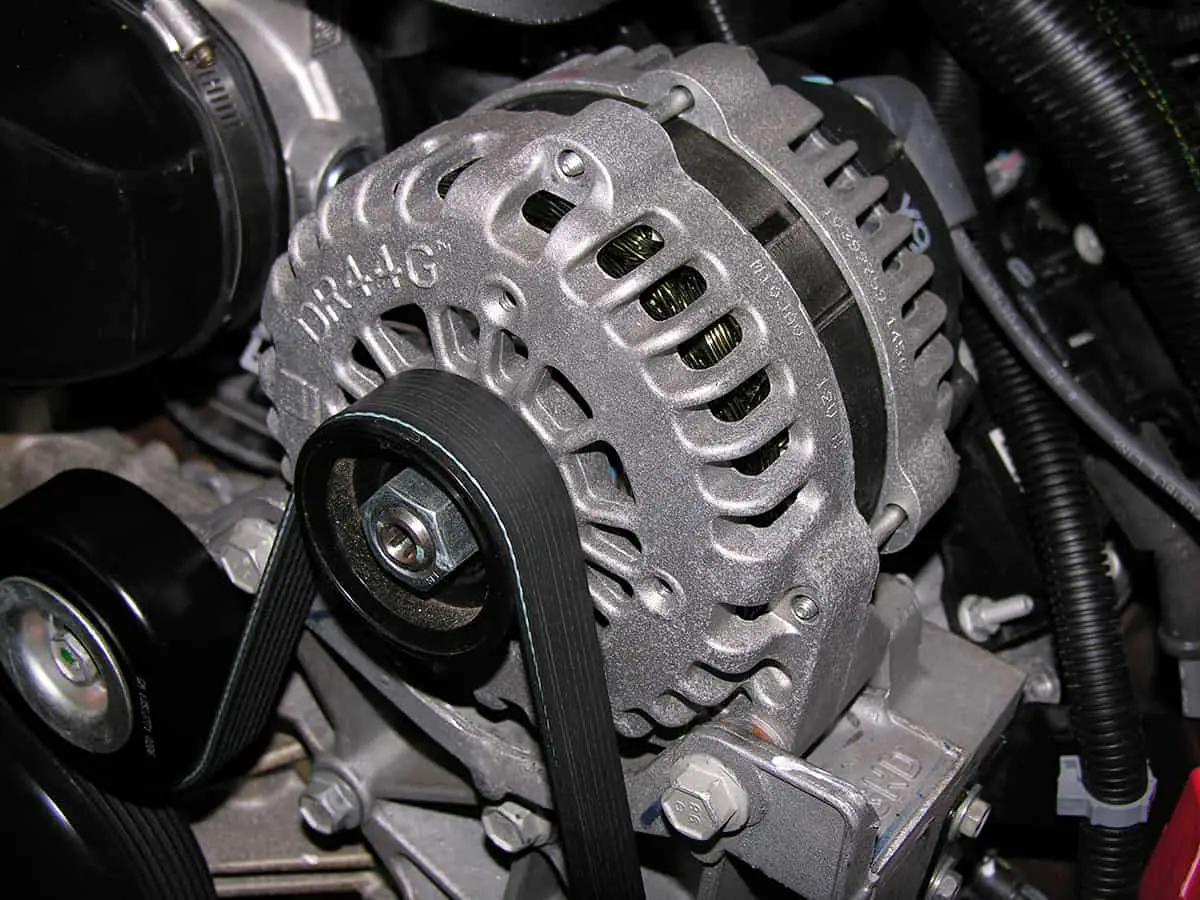
The alternator is a central component of your vehicle’s electrical system. Its primary function is to generate power for the electrical system and recharge the battery while your car is running. Without it, your vehicle wouldn’t have enough energy to power the lights, radio, power windows, and other electrical components, let alone keep the engine running for more than a few minutes.
Parts of an Alternator
The alternator is composed of several main components, each serving a specific purpose.
- The Rotor spins around inside the alternator, creating a magnetic field. It is essentially an electromagnet on a shaft, powered by the engine’s crankshaft.
- The Stator, a set of coils surrounding the rotor, is where the electrical energy is generated. As the rotor spins and its magnetic field cuts across the stator, it generates alternating current (AC).
- The Rectifier is an electrical device that converts the AC produced by the stator into direct current (DC). This is crucial as the car battery and the vehicle’s electrical system use DC, not AC.
- The Voltage Regulator controls the alternator’s output, ensuring that it produces a constant and suitable voltage, typically around 13.5 to 14.5 volts. This prevents overcharging or undercharging of the battery.
- The Bearing enables the rotor to spin freely within the alternator. Over time, these can wear out, leading to a noisy alternator or, worse, alternator failure.
How Does an Alternator Work with Other Car Parts
The engine powers the alternator using the serpentine belt (also called a drive or v-belt). This belt winds around multiple pulleys—including the one on the alternator—effectively turning the rotor inside the alternator while the engine is running. As mentioned before, the spinning rotor creates a magnetic field, producing electricity.
This electricity is routed through your car’s electrical system, powering everything from headlights, stereo, and climate control systems to advanced onboard computers. Importantly, some of this power goes to your car’s battery to recharge it, allowing you to start your car every time you turn the ignition key.
Common Signs of a Failing Alternator
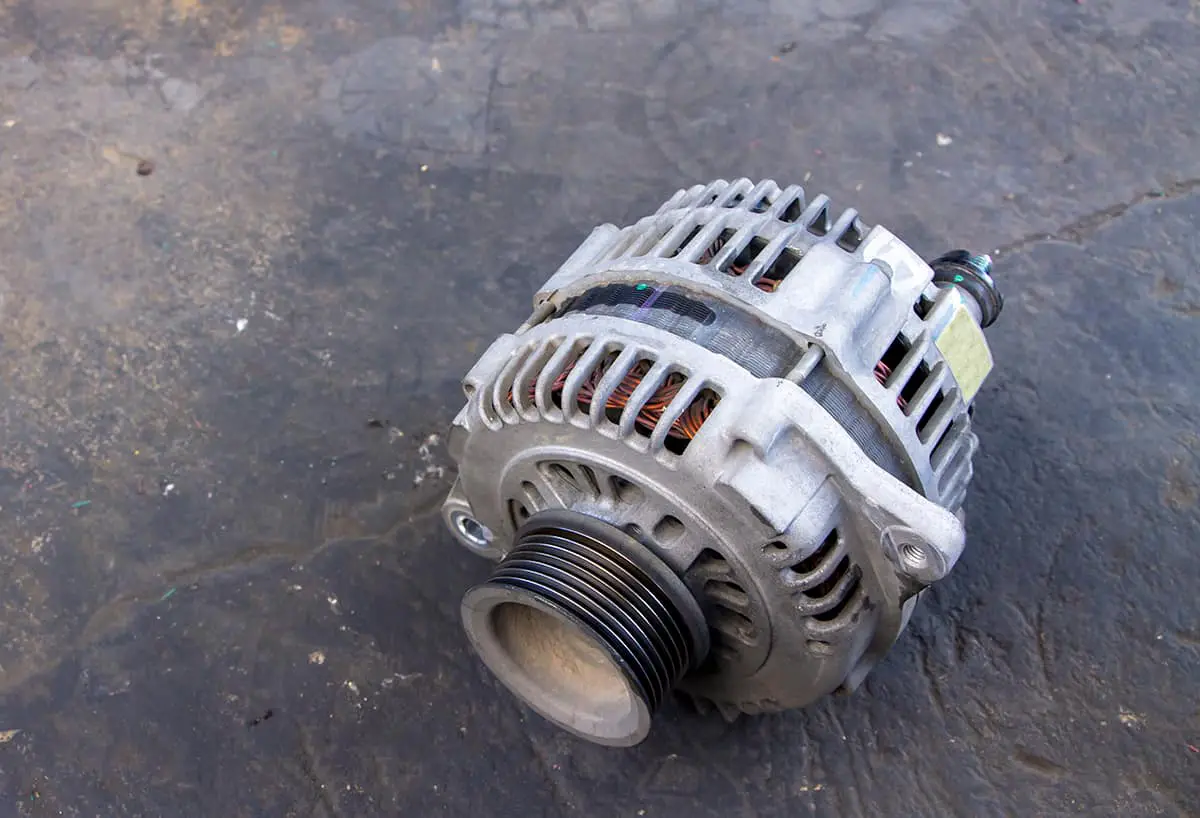
Detecting the symptoms of a failing alternator early can save you from potential hazards or costly repairs. Here are some common signs that your alternator might be nearing the end of its service life.
1. Difficulty Starting the Vehicle
One of the earliest signs of a failing alternator can be trouble starting your vehicle. As the alternator loses its ability to charge the battery effectively, you may find your car struggling to crank or start, especially if the vehicle has been sitting idle for some time.
2. Dim Lights and Electrical Issues
Since the alternator powers all of the car’s electrical systems, a failing alternator can lead to a noticeable dimming or flickering of headlights and interior lights. You might also experience issues with other electrical components such as power windows, radio, and air conditioning systems.
3. Warning Lights on the Dashboard
Modern vehicles come equipped with an alternator warning light on the dashboard, usually depicted as a battery icon or the letters ‘ALT’ or ‘GEN.’ If this light turns on, it indicates that the alternator isn’t generating enough electricity to meet the vehicle’s needs.
4. Unusual Noises
A failing alternator can sometimes create abnormal noises. You might hear a grinding or whining noise coming from the front of your vehicle. This could be due to worn out bearings inside the alternator or problems with the internal fan.
5. Battery Problems
The battery and alternator work closely together. So, issues with the battery could also indicate a problem with the alternator. If your battery keeps dying, despite being new or fully charged, the real culprit might be a failing alternator.
6. Visual Signs
Physical examination of the alternator can sometimes reveal visible signs of trouble. Look for signs of damage, such as a cracked or broken casing. Also, if the serpentine belt driving the alternator is not tight, worn out, or broken, it can affect the alternator’s functioning.
7. Frequent Jump Starts Required
A healthy battery should keep its charge with the help of the alternator, and frequent jump-starts suggest this isn’t happening.
Causes of Failing Alternator
While alternators are generally robust and long-lasting, several factors can contribute to their decline or failure. Let’s examine these causes more closely.
1. Wear and Tear Over Time
Like any mechanical component, the alternator is susceptible to natural wear and tear over time. This is especially true for the alternator’s internal parts, like the rotor and stator, which are constantly in motion when the vehicle is running. Even the highest quality alternators will gradually degrade, causing reduced performance and eventual failure.
2. Poor Quality Parts
Using low-quality or incorrect parts during a repair or replacement can negatively affect the alternator’s performance and lifespan. For instance, an incorrect or low-quality drive belt may not provide the proper tension or grip, causing the alternator to underperform. Similarly, a low-quality voltage regulator could allow the alternator to produce too much or too little electricity, leading to battery and electrical system issues.
3. Inadequate Maintenance
Regular vehicle maintenance is vital for the longevity of your alternator. For example, failing to replace a worn-out drive belt could cause the alternator to work inefficiently. Likewise, ignoring electrical issues can put additional stress on the alternator. Regular check-ups of the vehicle’s electrical system and prompt attention to any problems can help prevent alternator failure.
4. Electrical System Overloads
Overloading the vehicle’s electrical system can strain the alternator, leading to premature failure. This can occur when you install high-power aftermarket accessories like powerful audio systems, additional lights, or winches without upgrading the alternator to handle the increased electrical demand.
5. Oil or Coolant Leaks
Oil or coolant leaks can cause significant damage to the alternator. If these fluids come into contact with the alternator, they can cause short circuits or corrosion, leading to premature failure.
6. Rough Driving or Accidents
Physical impacts, such as those from rough driving or accidents, can damage the alternator. The shock from hitting a pothole or a collision can crack the alternator’s casing, damage its internal components, or misalign it, leading to reduced performance or failure.
How to Fix a Failing Alternator
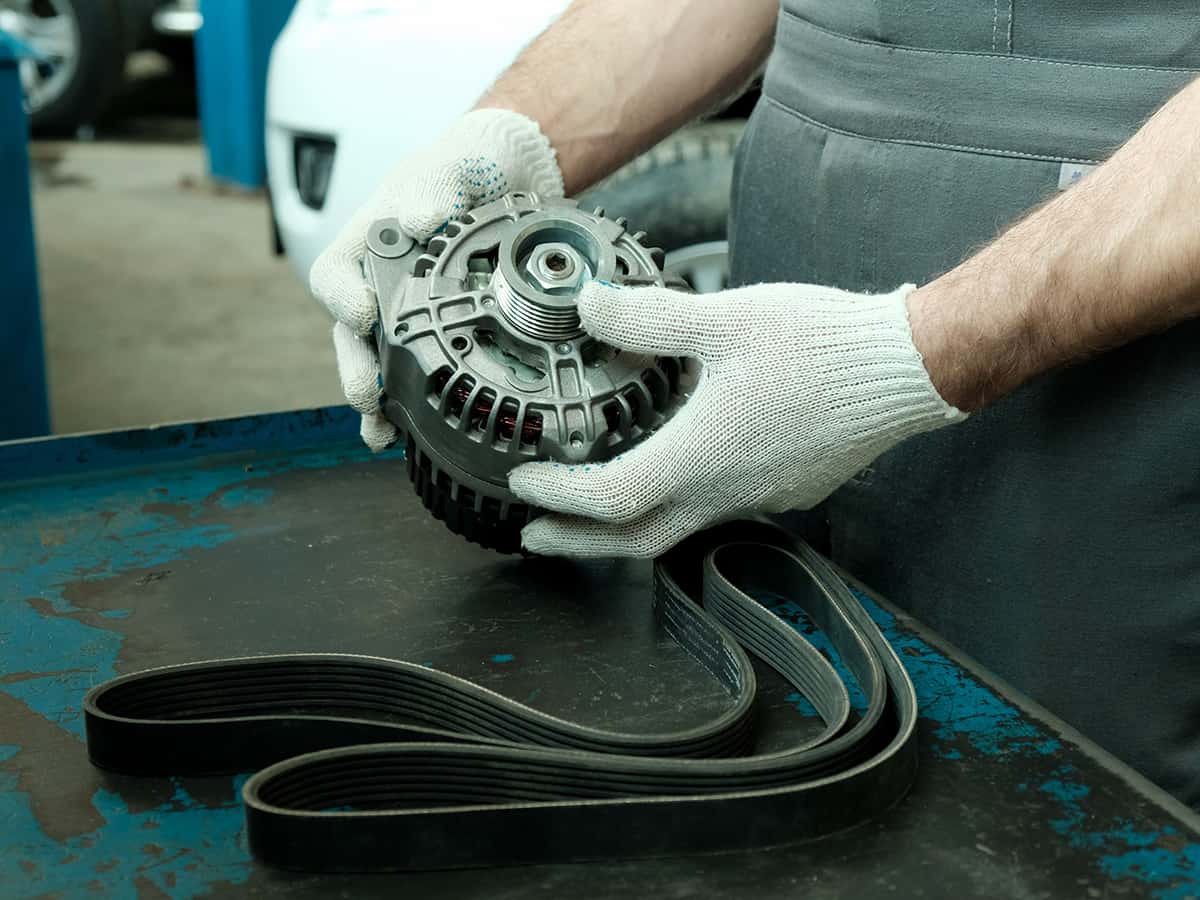
Once you’ve identified the signs of a failing alternator, the next step is addressing the problem. Here’s a step-by-step guide on how to fix an alternator, including both professional repairs and DIY alternatives.
Professional Alternator Repair
If you’re unfamiliar with auto mechanics or the problem seems complex, it’s best to consult a professional mechanic. A skilled technician will diagnose the issue accurately and decide whether the alternator can be repaired or needs to be replaced.
DIY Alternator Repair
If you have some mechanical skills and the right tools, you may opt to fix the alternator yourself. Here are some steps you can take.
Diagnosis
Before you start any repair work, ensure that the alternator is indeed the problem. Use a voltmeter to check the voltage output of the alternator. With the engine off, a healthy battery should read around 12.6 volts. With the engine running at idle, the reading should be between 13.5 to 14.5 volts. If the reading is significantly lower, the alternator might fail.
Minor Repairs
Some minor issues can be handled at home. For instance, if the serpentine belt is worn or loose, you can replace it or adjust the tension. If the alternator’s connectors are corroded, cleaning them might restore the alternator’s function.
Alternator Replacement
Replacing an alternator can be a challenging task, especially if it’s buried deep within the engine compartment. However, if you’re confident, you can follow these general steps:
- Disconnect the battery: Always start by disconnecting the negative terminal of the battery for safety.
- Remove the serpentine belt: You’ll need to loosen the tensioner to remove the belt from the alternator pulley.
- Disconnect the alternator: Disconnect the wiring harness or cables connected to the alternator.
- Remove the alternator: Undo the bolts holding the alternator in place and remove the alternator.
- Install the new alternator: Install the new alternator, reconnect the wires, and put the serpentine belt back.
- Test the new alternator: Reconnect the battery and start the car. Use a voltmeter to confirm that the new alternator is working correctly.
